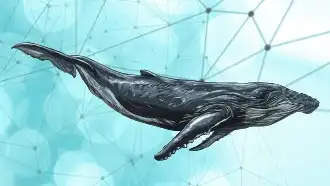Abstract
The whale optimization algorithm (WOA) was proposed by Mirjalili and Lewis in 2016. It is a new
swarm intelligence optimization algorithm that simulates humpback whale hunting behavior. The
main idea of the algorithm is to solve the target problem by imitating the whale’s predatory
behavior. Since its introduction, the WOA has been favored by many scholars, and it has been
widely used in optimal allocation of water resources , optimal control , and feature selection.
But as a swarm intelligence optimization algorithm, like DE, PSO, ACO, and other algorithms,
they all have the shortcomings of slow convergence and easy to fall into local optimum.
*erefore, in practical applications, various improvements have been made to the standard
algorithms, such as. Terefore, for the WOA algorithm, in recent years, many scholars have made a
lot of improvements in improving algorithm convergence speed and optimization accuracy. For
example, Abdel-Basset et al. used Levy flight and logical chaos ´ mapping to replace and
determine the coefficient vector C and switching probability P in the WOA, proposed an improved
whale optimization algorithm (IWOA), and verified the effectiveness of the proposed algorithm
through experiments.
Related Work
Constrained optimization problems (Cops) are a type of nonlinear programming problems that often
occur in the fields of daily life and engineering applications. *ere are usually two ways to
solve this problem: deterministic algorithm and random algorithm. Deterministic algorithms
generally have high initial requirements, and they are generally unable to solve some problems
that are not derivable, the feasible region is not connected, or there is no obvious
mathematical expression. Even if some problems can be solved, the solutions obtained are mostly
local optimal solutions. The random algorithm is a swarm intelligence optimization algorithm
that has emerged in recent years; it has obtained a lot of research in solving constrained
optimization problems. Chen and Huo proposed to use an improved GA to solve the Cops; this
method used floating-point encoding; they also improved the genetic mutation operator and
termination criterion. Long and Zhang proposed an improved bat algorithm for solving Cops. This
method used the good point set method to construct the initial population to maintain population
diversity and also used inertial weights to improve the performance of the algorithm. An
improved particle swarm optimization algorithm for solving Cops was proposed by Mi Yong and Gao.
This method used the penalty function method to treat constrained optimization problems as
unconstrained optimization problems and used feasible basis rules to update individual and
global extreme values. Lei et al. proposed a new empire competition algorithm to solve the Cops
and used the lexicographic method to simultaneously optimize the objective function of the
problem and the degree of constraint violation. Long et al. proposed the firefly algorithm to
solve the constrained optimization problem. The algorithm used chaotic sequences to initialize
the firefly position and introduced a dynamic random local search to speed up the convergence of
the algorithm.
